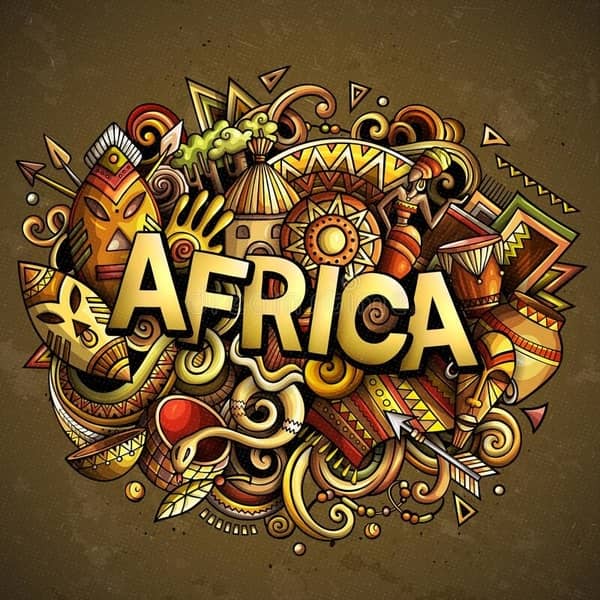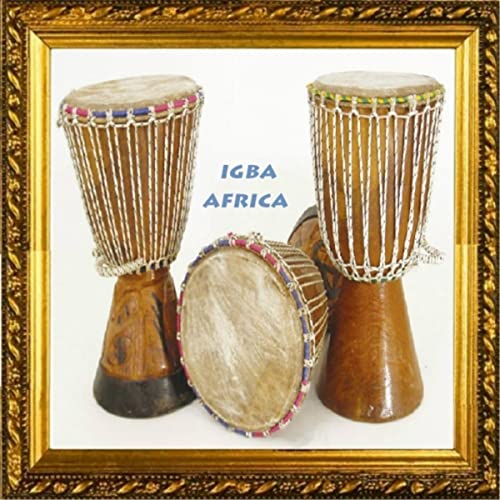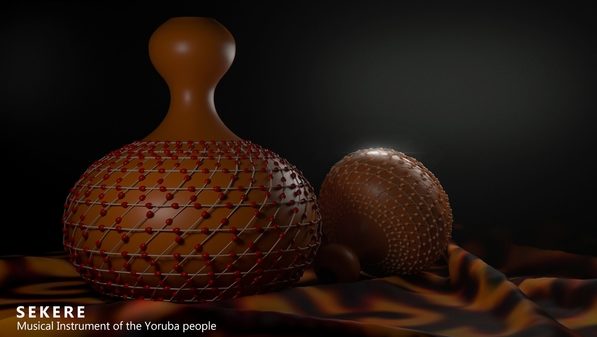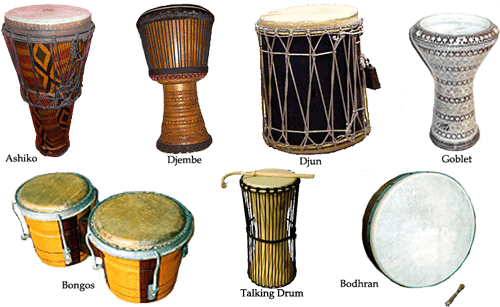Back to: CULTURAL AND CREATIVE ARTS JSS2
Welcome to Class !!
We are eager to have you join us !!
In today’s Cultural and Creative Arts class, We will be discussing African Traditional Musical Instruments. We hope you enjoy the class!

AFRICAN TRADITIONAL MUSICAL INSTRUMENT
Africa as a continent is reputed for its variety of musical instruments. The diverse ethnic/tribal culture and lifestyle have influenced the variety and uniqueness of musical instruments as seen in different communities in Africa.
Impact of traditional African musical instruments
- Adds value to celebrations by enhancing the auditory ambience.
- Evokes historical ties to events and celebrations.
- Serves as an object of the identity of a particular people.
- It is played to entertain and for pleasure.
- It is one of the many tools used to trace the historical origin of a people.
- Accompanies dramas, songs and speech.
Some traditional African musical instrument
Igba: this is a piece of hollow wood covered at one end with animal hide held down tight with fasteners. It can be carried over the shoulder with the help of a shoulder strap. Sound is produced by beating on the animal hide with fingers or a combination of one set of fingers and a special stick.

OPI-horn: it is also called Obu, Ogba by different Igbo speaking tribes of southern Nigeria. It is made from animal horn or Elephant tusks. The horn heralds the arrival or departure of the Igwe, a big masquerade or Oba.
Oja-flute: this is a traditional wind instrument of the traditional Igbo people of Nigeria. It is carved from a piece of wood with a cavity created inside a wide opening to fit the shape of a human lower lip, at the top, the small hole on the bottom and 2 smaller holes closer to the top on exact opposite sides. The bottom hole which is left alone at all times controls the musical rhythm outflow. It accompanies dances and songs or played as a solo.

Udu: it is called a pottery drum. This is a musical bass sphere-shaped traditional musical instrument of the Igbo people. It is made of clay with a hollow inside and a small round open mouth. The primary function of the drum is to produce musical bass. The artist accomplishes this by tapping the open mouth with a round and flat object. It also serves as a safe and storage object for the people.
Sakara (frame drum): this a musical instrument peculiar to the Yoruba. It is produced with earthenware frame with a curved side, skin or membrane (goatskin) fasted with bamboo sticks. It is played by beating a stick or wood on the membrane.
Gangan- talking drum: this is one of the most respected drums in western Nigeria. This drum, leads most of the musical instruments, dictating the pace and the melody of the music. Its biggest strength is the ability to communicate between the singer, the audience and the band. The sound of this gives direction to the dancers on what to do at a given time.
Sekere-Maracas: it is a traditional musical instrument in most part of the southern and eastern Nigeria. This rattle is called ‘Ichaka’ in Igbo andIdoma language and ’sekere’ in Yoruba language. It is made of gourd or calabash loosely covered with beads. When tapped or shaken it produces a rattling sound to complement other instruments.

Grumi, Molo, (guitar): this is a traditional two-stringed guitar from the northern part of Nigeria. it is made of alligator skin, calabash, brass on wood. It is light, which makes it easy to hold up and play. Molo is a bigger type made from wood, unlike the grumi, it is heavy so it’s worn around the neck or shoulder. It has a higher tune.
Duma (drum): it is also known as thunder is a traditional Nigerian musical instrument. It is a set of ceremonial drums used for dances, weddings and general entertainment. The drums are made from woods, calabash and animal hide. They are usually struck with palm oil or with drum sticks. They are mostly found in the north and occasionally in the eastern part of Nigeria.

We have come to the end of this class. We do hope you enjoyed the class?
Should you have any further question, feel free to ask in the comment section below and trust us to respond as soon as possible.
We have come to the end of this term and hence JSS2.
It’s been a remarkable journey and we are glad that you have made it this far. For making it this far, we commend you for being resilient, you have taken charge of your education and future.
The Journey still continues though, we are moving on to JSS3. we hope to see there.
